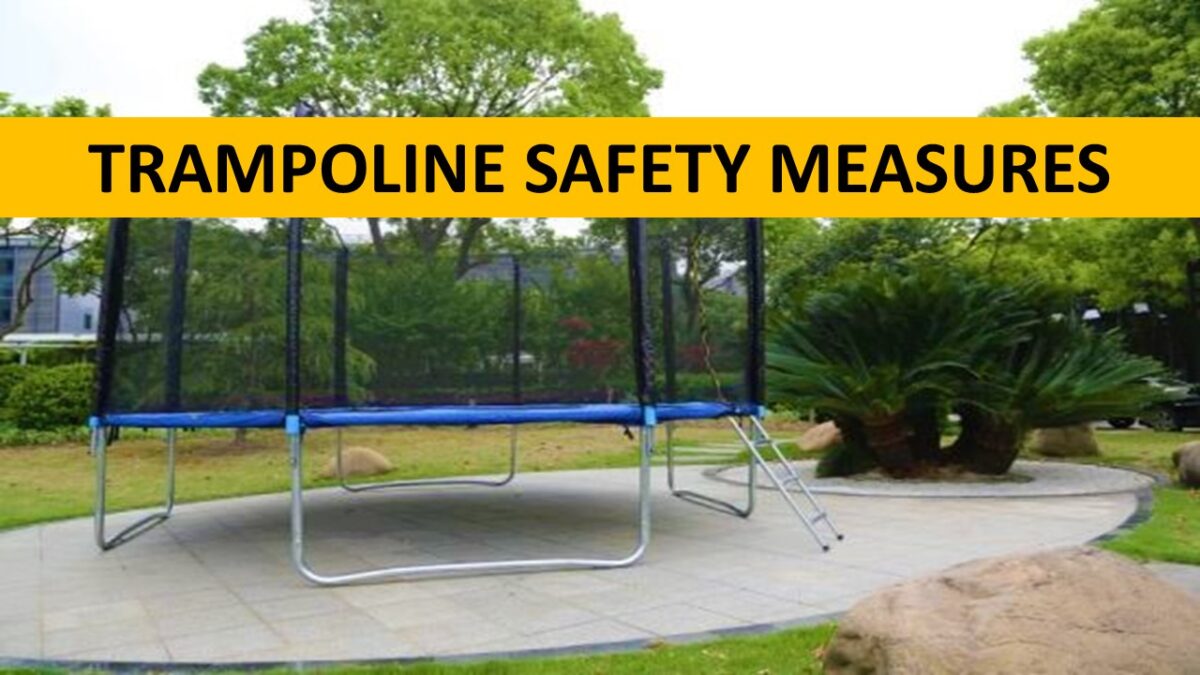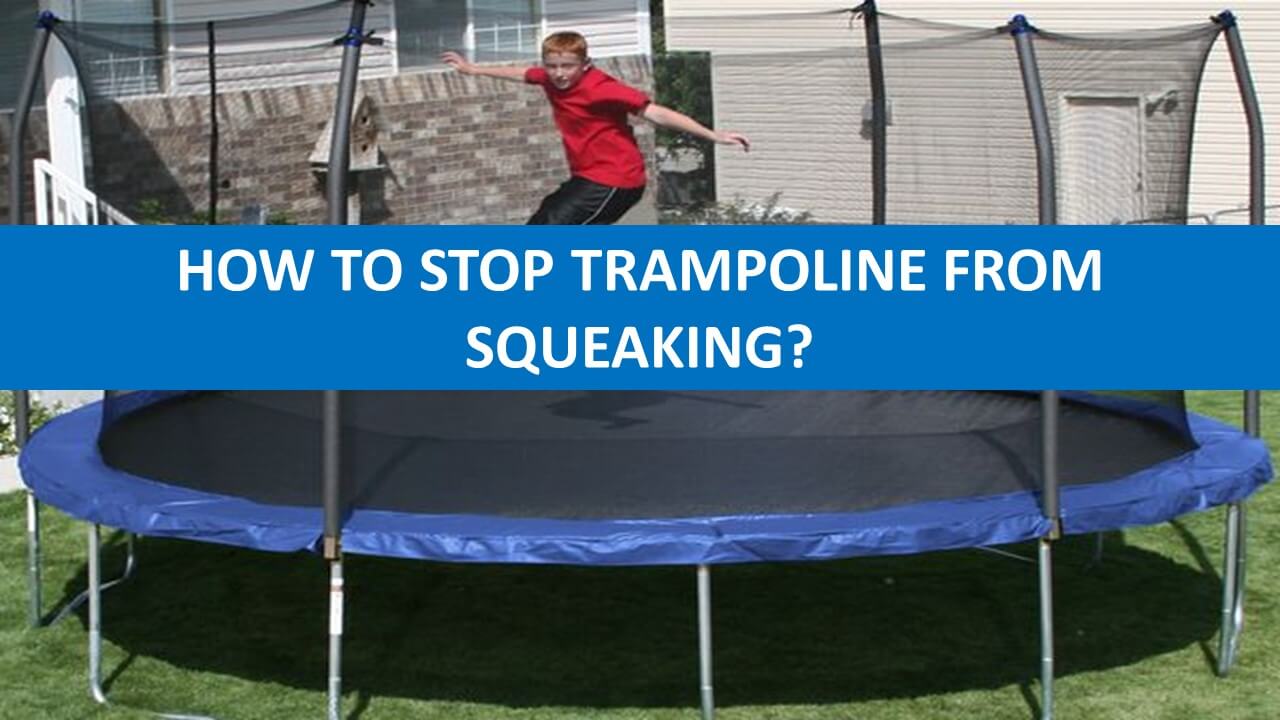I often find myself feeling exhausted after just a few minutes of bouncing. The repetitive motion seems like it shouldn’t be that tiring, so why does using a trampoline wear me out so fast?
After doing some research and personal testing, I discovered several reasons why jumping on a trampoline can make you tired quickly:
🚀 It’s an efficient full-body workout that uses lots of muscles at once
🌡️ Your heart rate and breathing rate increase rapidly
🤸♀️ It takes continuous effort to maintain balance and control
💫 The up and down motion against gravity requires significant exertion
🏋️♀️ You experience G-forces that stress your cardiovascular system
In the rest of this post, I’ll go over the mechanics of trampoline jumping, how it taxes your muscles and stamina, safety tips, and ways to build up endurance for longer, more enjoyable bouncing sessions. Read on to learn why trampolines make you so tired!
The Mechanics of Trampoline Jumping

First, let’s look at what happens when you jump on a trampoline to understand why it’s such an intense workout.
Here are the basic mechanics involved each time you take a bounce:
- 🏃♂️ Initiate the jump by pushing down into the mat with your feet while stabilizing your balance
- ↕️ The mat sinks down as the springs are stretched, building potential energy
- 🕊️ The springs then recoil upward, converting that potential energy into kinetic energy to propel you up
- 📉 At the top of the arc, gravity slows your vertical momentum to zero
- 📈 You accelerate downward under the influence of gravity
- 🔃 The mat catches you and absorbs some impact as you push down into it again
Then the cycle repeats over and over as you continue bouncing. This storage and rapid release of energy in the springs provides more lift than you could achieve with your leg strength alone. But it still takes considerable effort to repeatedly jump and land smoothly.
5 Reasons – Why Does Jumping On A Trampoline Make You So Tired
1. Full-Body Workout
One reason trampoline jumping tires you out is because it works so many muscle groups at the same time. Your legs and glutes power each lift off, while your core and back stabilize your torso. Your arms flail for balance, and even small stabilizer muscles throughout your body engage to control positioning.
Unlike lifting weights or using cardio machines which isolate muscle groups, bouncing works your whole functional muscular system simultaneously. This compounds the exertion, raising your heart rate and draining muscle energy stores.
2. Aerobic Exercise
The rapid up and down motion also means you are doing an aerobic activity that stresses your cardiovascular system. Your heart beats faster to deliver oxygenated blood to working muscles. Your breathing rate increases to take in more oxygen and expel carbon dioxide.
The longer and more vigorously you jump, the more out of breath you become. Without adequate recovery time between bounces to catch your breath, you can quickly feel gassed by this demanding cardio.
3. Challenges Balance and Coordination
Trampolines also challenge your balance and coordination in ways that most exercises do not. As you bounce up and down, you need to reorient yourself and stabilize against unexpected shifts. This taxes your vestibular and proprioceptive systems.
Your inner ear provides information about accelerations and decelerations in different directions. Meanwhile, receptors throughout your body track the positioning of your limbs. Your central nervous system integrates this sensory information to make constant micro-adjustments to keep you oriented and landing properly.
This overhead balancing act requires significant mental and physical exertion that can fatigue your nervous system over time. The unpredictability of each bounce taxes focus and reaction time as well, upping the difficulty.
4. Working Against Gravity
On each upward lift, your muscles have to work against gravity to accelerate your bodymass vertically. At the top of the arc, gravity then pulls you firmly back down onto the mat. This rapid turning of gravity from an antagonist to an aid taxes your musculoskeletal system in ways that unilateral exercises do not.
The impacts of landing also compress your joints and bones despite the shock absorption of the trampoline. The cumulative effects cause both muscular fatigue and strain on connective tissues that can leave you sore later.
5. G-Forces and Heart Rate
Researchers have measured over 4Gs of force during intense trampoline jumping! That’s like a rollercoaster rush each time you hit that sweet spot bounce. These significant G-forces pressure blood flow and restrict oxygen transport momentarily.
Your heart then has to work harder to stabilize blood pressure and circulation throughout these spikes. The cardiovascular strain can escalate your fatigue exponentially compared to lower impact exercise options.
Why Exercise Makes You Tired in General
Now that you understand the specific reasons trampolines wear you out, it helps to know why exercise expends energy and causes fatigue in the first place. Here’s a quick overview:
- Your muscles use ATP molecule to power contractions 🧬
- Intense exercise drains ATP energy stores faster ⚡️
- Your body has to work harder to produce more ATP ⚙️
- Less ATP means decreased strength and endurance 😣
- Fatigue sets in until you rest and recover🚑
So in summary, any sustained physical activity burns through the chemical fuel that muscles need to keep working at peak output. Your body diverts resources to replenish ATP supplies. But you eventually hit bioenergetic limitations that necessitate reduced effort or complete rest.
Trampoline Safety Tips
- Warm up and stretch before bouncing sessions
- Learn proper jump techniques from the start
- Start with low bounces and work your way higher
- Take breaks as needed to catch your breath
- Listen to your body and don’t overexert yourself
- Bounce in the center of the mat for stability
- Follow all manufacturer safety guidelines
Ways to Improve Trampoline Endurance
Now let’s talk about how you can jump longer before getting tired by improving balance and gradually building stamina.
- Practice fundamental bounce techniques first
- Work on stabilizing your core and landing correctly
- Start with just 5-10 minutes of bouncing
- Slowly increase session length week-by-week
- Vary jump types – tuck jumps, straddle jumps, pikes
- Mix in other bodyweight exercises as active rest
- Stay hydrated and fuel up with healthy snacks
Here is an example beginner training schedule:
Week | Session Length | Jumps/Other Exercises |
1 | 10 minutes | Basic Bouncing |
2 | 15 minutes | Basic Bouncing/Squats |
3 | 20 minutes | Basic Bouncing/Lunges |
4 | 25 minutes | 10 Basic Bounces/10 Tuck Jumps/Push-Ups |
The Key is starting out gradually and giving your body time to adapt to this intense, full-body workout. Stay safe, have fun bouncing, and keep practicing to beat that trampoline tiredness! 😀
Now let’s dig into some of the research on trampoline exhaustion. Scientists have known for decades what a great workout bouncing can be!
NASA Research on Trampolines
In 1980, NASA researchers compared the biomechanical stimuli of jumping on a trampoline vs. running on a treadmill. They found greater forces are exerted on most muscles and joints with trampolining at a similar heart rate.
This supports why shorter trampoline sessions can tax the body as much or more than longer running workouts. Repeated jumps in multiple planes flex muscle groups through fuller ranges of motion.
The acceleration, deceleration, and balance challenges are also greater on a trampoline vs the uniplanar, consistent motion of running. This engages more coordination-dependent stabilizer muscles and taxes the vestibular system more.
Ultimately NASA was interested in using trampolines to improve astronaut conditioning due to the more complete, functional workout stimulants involved.
UTS Australia Trampoline Research
More recently, researchers in Australia investigated reasons for the unique enjoyment and thrill trampoline jumping provides. They found much of the sensation results from playing with gravity!
As you accelerate upwards, blood and oxygen shift towards your lower body temporarily. Then gravity pulls you back down, forcing blood flow to reverse course to the brain. These shifts in circulatory pressure make your heart work harder to stabilize perfusion.
The rapid vestibular system signals and cardiovascular spikes align with those “pit in your stomach” feelings. So while the loss of equilibrium for a few seconds can be scary, it ends up being fun for most people. But it certainly contributes to increased fatigue as well!
So in short, challenging your balance while repeatedly lifting your full bodyweight against gravity is hard work! Your muscles, heart, lungs, and nervous system all have to go on overdrive to coordinate each bounding leap.
Benefits Beyond Fatigue
While trampolines certainly lead to exhaustion through the mechanisms above, the workout you get has immense health benefits as well.
Here are just a few of the many demonstrated advantages of regular trampoline exercise:
❤️ Cardiovascular – lower blood pressure and heart rate at rest
💪 Musculoskeletal – increased bone density and muscle strength
🧠 Neurologic – improved balance, coordination and cognitive function
🫀 Metabolic – burns calories, reduces fat, increases endurance
😀 Mental Health – releases feel-good endorphins, reduces anxiety
So don’t let the tiredness deter you – it means your body is adapting to the challenge!
I hope this breakdown demystifies why trampolines can be so tiring compared to other exercise options. By understanding the science and starting gradually, you can build endurance for longer jump sessions.
Let me know in the comments your tips for bouncing without getting exhausted so quickly! And don’t forget to Like ❤️ and Share 🤝 if you found this helpful!
Related Articles:
- Does Jumping on a Trampoline Help You Grow Taller
- Can Jumping on a Trampoline Hurt Your Brain
- Can You Lose Weight by Jumping on a Trampoline
- Does Jumping on Trampoline Improve Cardiovascular Health?
- how many calories does jumping on a trampoline burn?
- How Many Minutes Of Jumping On A Trampoline Equals A Mile?
- Does Jumping on a Trampoline Help Your Pelvic Floor?
- Benefits of Jumping on a Trampoline for the Lymphatic System
Frequently Asked Questions About Trampoline Fatigue
How long should a beginner jump on a trampoline before taking a break?
Beginners should start with just 5-10 minutes of gentle bouncing, then take a short 1-2 minute break. Build up session lengths slowly from there week-by-week as your muscles adapt.
Is it possible to faint or collapse from exhaustion while jumping?
Yes, it’s possible to experience exertional syncope if you push too hard without adequate fitness level or conditioning. Be sure to stop jumping at the first signs of lightheadedness and sit down immediately. Stay well-hydrated and don’t exercise with a fever or illness.
Should I bounce every day or take rest days?
It’s best to take at least 1-2 rest days per week from trampoline exercise to allow muscle recovery. You can do gentle walks or stretching on some of your off days. Listen to your body and avoid overtraining injuries.
What should I eat before or after trampolining?
Eat a light snack that combines complex carbs and protein 1-2 hours before jumping for sustained energy. Replenish your glycogen stores within 30 minutes after exercise with more carbs and protein plus anti-inflammatory foods. Stay hydrated with water or sports drinks.
Conclusion
Thanks for taking the time to understand why trampolines make you so tired! Hopefully by applying the guidance here you can have more fun and less exhaustion during your jumping sessions. Let me know if you have any other questions – I’m always happy to chat more about trampoline health benefits and safety techniques!
Articles You May Like to Read:
| 12 Ft Vs 14 Ft Vs 15 Ft Trampoline |
| Trampoline Vs Pool |
| Best 17 Foot Trampoline |
| Are Expensive Trampolines Worth It? |
| What to Wear on a Trampoline or At Trampoline Parks? |
Download this Article in Pdf Format:













